The constellations that we know are patterns of stars in the sky, often shaped like animals or characters from legends. While these patterns are extremely useful for learning your way around the sky, and for use in navigation on the Earth, these constellations are the shapes that people make in the random patterns of stars in the sky.
Tag: Explore
The seasons are easily observed over a school year, and the different plants and insects that are active at particular times are easy to spot. The seasons are caused by changing amounts of sunlight that reach the ground, determined by the height of the Sun in the sky and the length of the shadows, which in turn is determined by the tilt of the Earth’s axis.
Constellations are patterns of stars in the sky. While these patterns are extremely useful for learning your way around the sky, and for use in navigation on the Earth, these constellations are not physical groupings of stars. We see the patterns that we define as constellations because of the three-dimensional arrangement of stars in space.
The Earth is our home in the Universe. Humans, animals and plants survive on the Earth because the conditions are ideal for life. Different animals and plants are adapted to survive in different environments. This activity introduces these ideas, and uses a practical activity to explore how rockets work.
Landing is one of the most hazardous parts of any flight. Spacecraft try a number of ways to land safely, either on the Earth at the end of a manned mission, or on other worlds as part of robotic exploration missions. A good understanding of forces is essential to design and construct a safe landing system that protects both your spacecraft and its precious payload.
Solar and lunar eclipses are fascinating events where the Sun or Moon appears to disappear, respectively. Their spectacular nature causes a lot of interest. This activity looks at what happens during each type of eclipse using a physical model that the students can build themselves and experiment with to explore how and why eclipses happen.
© 2025 We Share the Same Moon
Theme by Anders Norén — Up ↑





